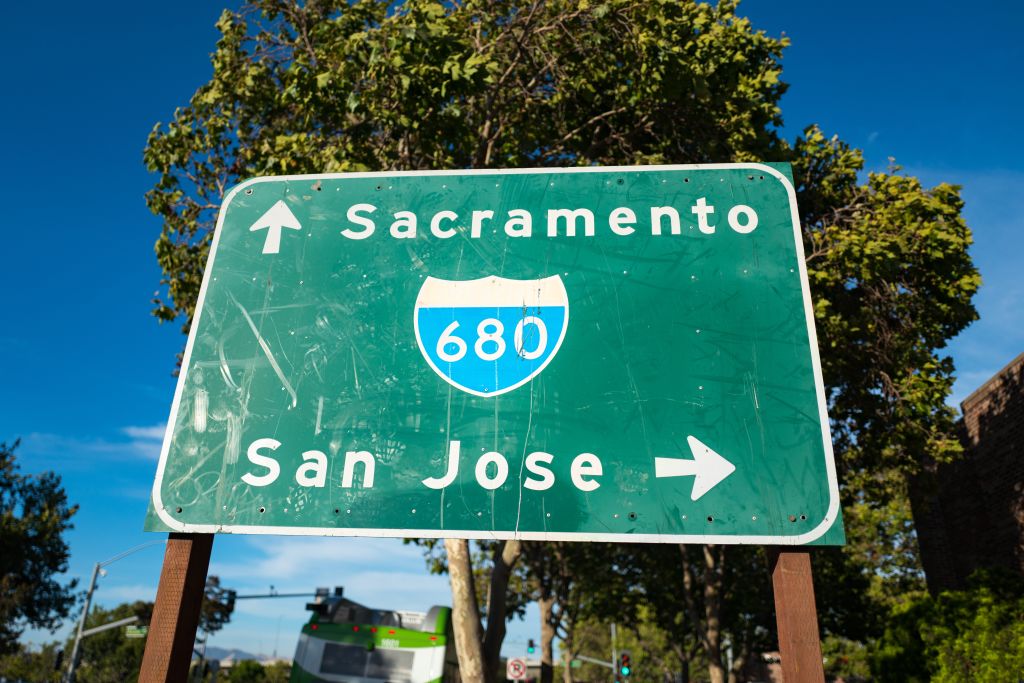A Contra Costa County Fire Chief is sounding the alarm on an ambulance shortage, saying it’s gotten so bad that sometimes there are none available to respond to an emergency. Jodi Hernandez reports.
A Contra Costa County Fire Chief is sounding the alarm on an ambulance shortage, saying it’s gotten so bad that sometimes there are none available to respond to an emergency. But just buying more ambulances may not help.
“Ever since COVID, the EMS system has been in a state of crisis,” said Contra Costa Fire Chief Lewis Broschard.
Broschard went on to describe what emergency workers are faced with: too many calls for ambulance service, and not enough resources to get patients into the emergency room in a timely fashion.
“I suppose you could say more ambulances would help,” Broschard said. “However, it doesn’t really solve the underlying problem.”
The department added 18 ambulances in September, but Broschard said the real issue isn’t just an increased demand. He noted that there was a severe shortage of paramedics and that hospital ERs are so swamped that they often can’t offload patients right away. This forces ambulances to sit outside the hospital and wait.
“We had an ambulance that was at scene within three minutes for a fall victim, an elderly fall victim,” Broschard said. “They transported the patient and arrived at the hospital rather quickly, and then sat at the hospital with the patient for over an hour.”
He added that the county standard for offboarding was 20 minutes.
John Muir Health acknowledged that they were experiencing unprecedented patient volumes and offloading challenges. But in a statement, it said, in part: “John Muir Health must be able to use a clinically driven triage process to treat those with the most urgent needs first, rather than being pressured to meet an offload standard.”
But the issue is, an ambulance can’t respond to other calls when it’s waiting to offload. For several hours last Thursday and Friday, the system reached level zero: zero available ambulances.
Get a weekly recap of the latest San Francisco Bay Area housing news. Sign up for NBC Bay Area’s Housing Deconstructed newsletter.

“It’s a systems issue,” said Contra Costa County Supervisor Diane Burgis. “We’re having people over-utilizing the ambulance services.”
Burgis said too many people are calling 911 when they could instead go to urgent care. Both she and Broschard are urging people to only call for an ambulance if absolutely necessary.
“It should be used for those life-threatening emergencies involving heart or trauma, significant bleeding, strokes and so forth,” Broschard said. “If it’s something where you’re able to walk and transport yourself, for something that really is not an emergency, we would ask that you consider using an alternative form of transportation.”



